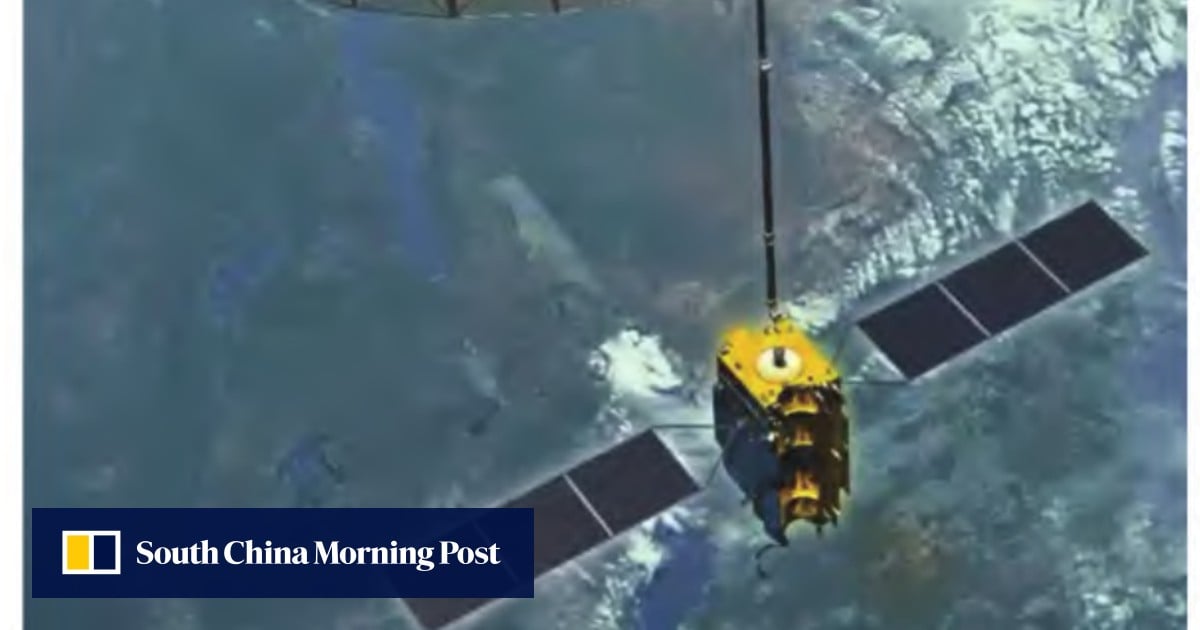The satellite is equipped with a “space power combination” system that merges multiple microwave beams in mid-space, between two objects. The feat – reminiscent of the Death Star in the Star Wars films – allows it to achieve high, stable radar emissions that can penetrate cloud cover and darkness while maintaining relatively high resolution, Ni said in an article published in the latest issue of Chinese Space Science and Technology, a peer-reviewed journal run by the academy.
However, the United States military remains wary about Beijing’s advancing satellite capabilities.
Ludi can be coordinated with other powerful Chinese surveillance satellites to make a “qualitative leap” in tracking and targeting capabilities, according to Chief Master Sargeant Ronald Lerch, an intelligence specialist at the Space Systems Command under the United States Space Force, who was quoted by US Space News in January last year.


